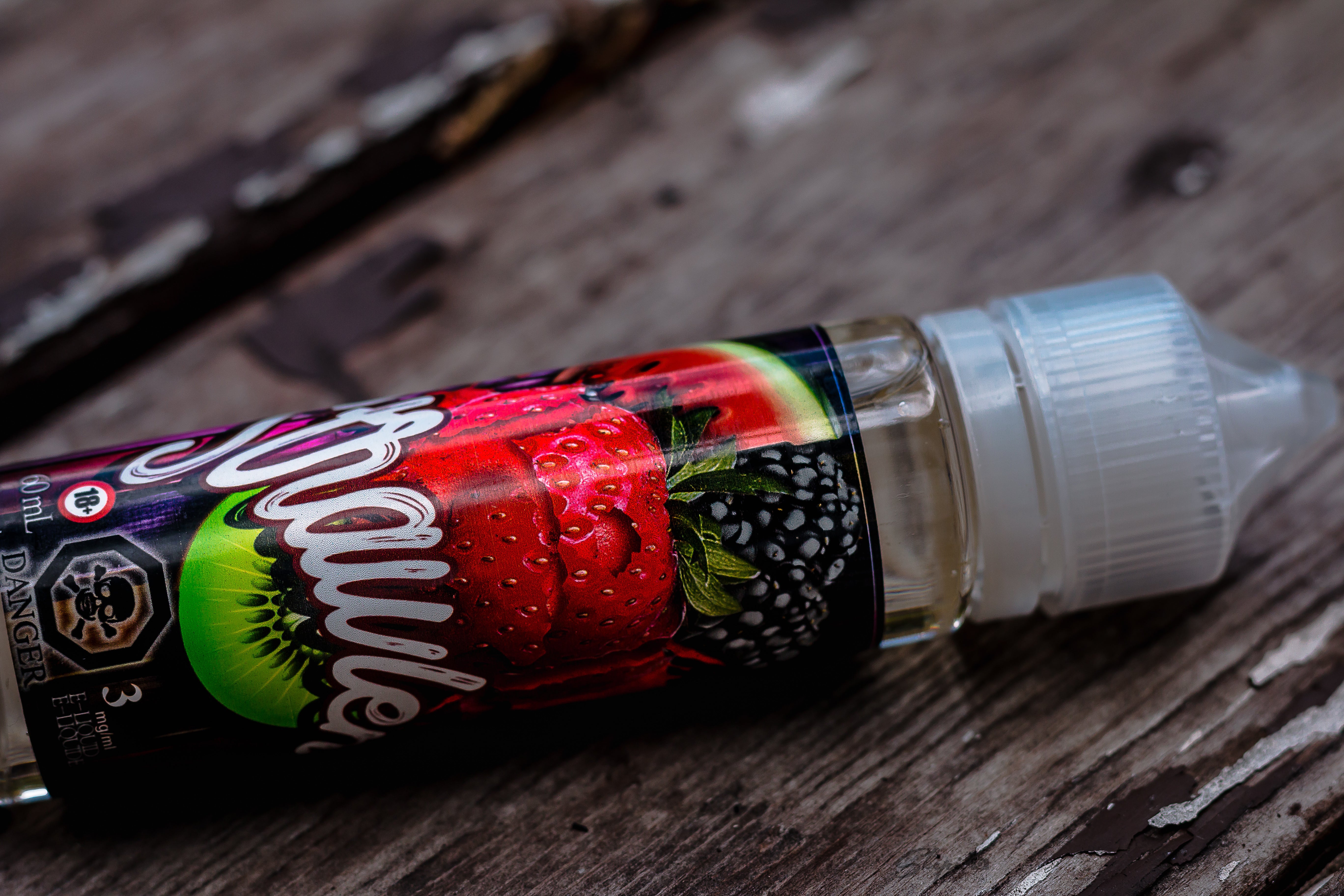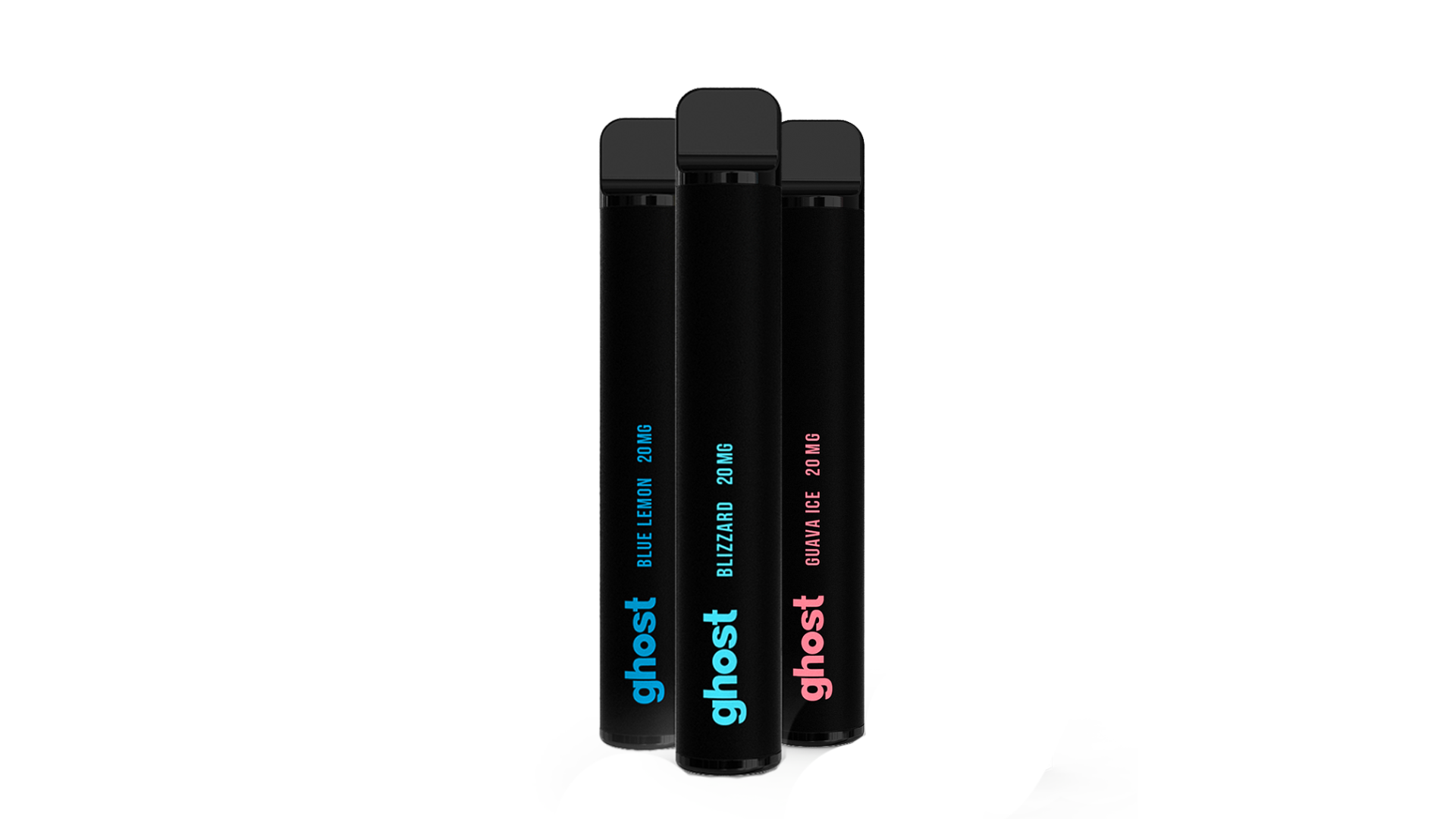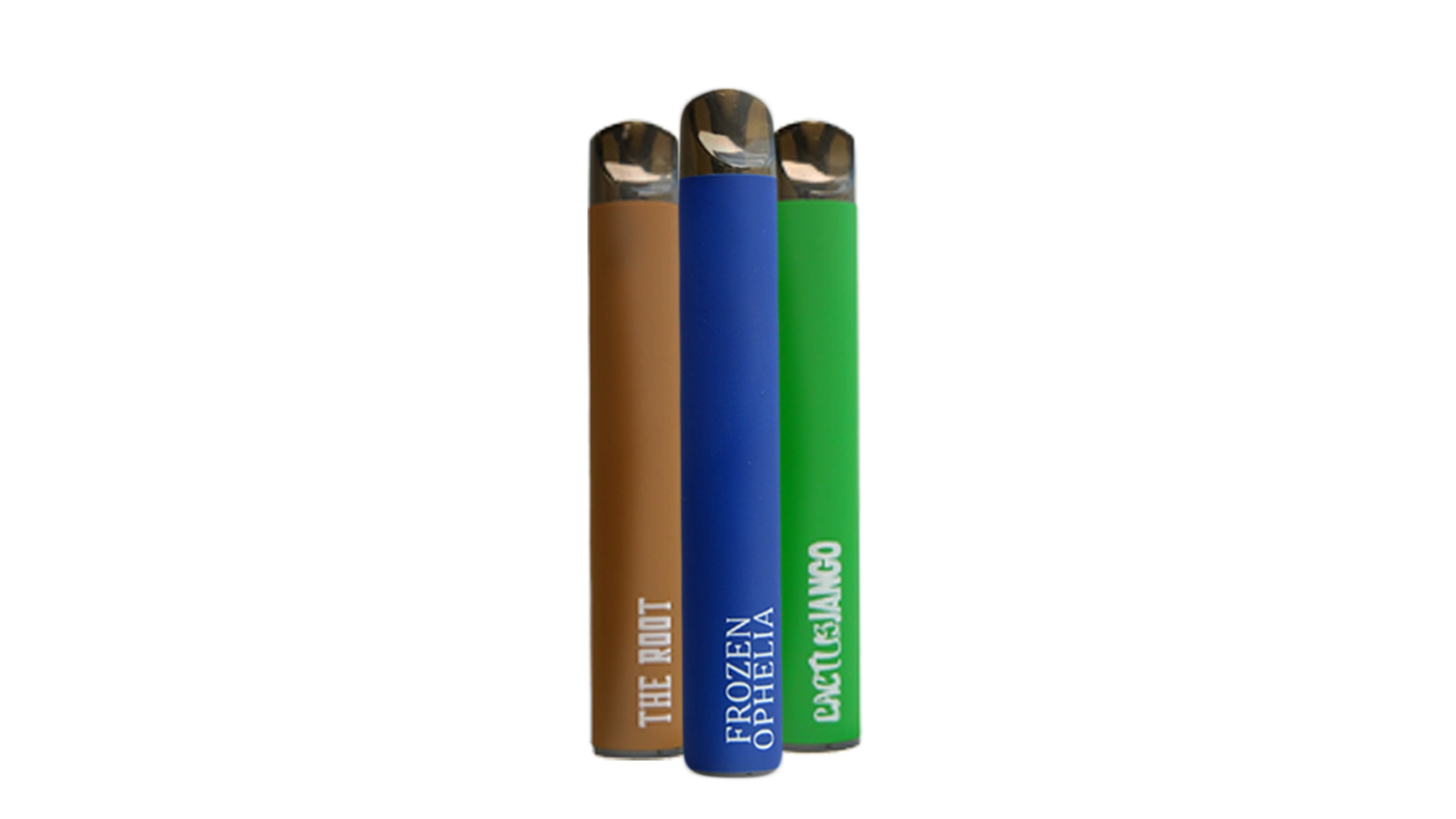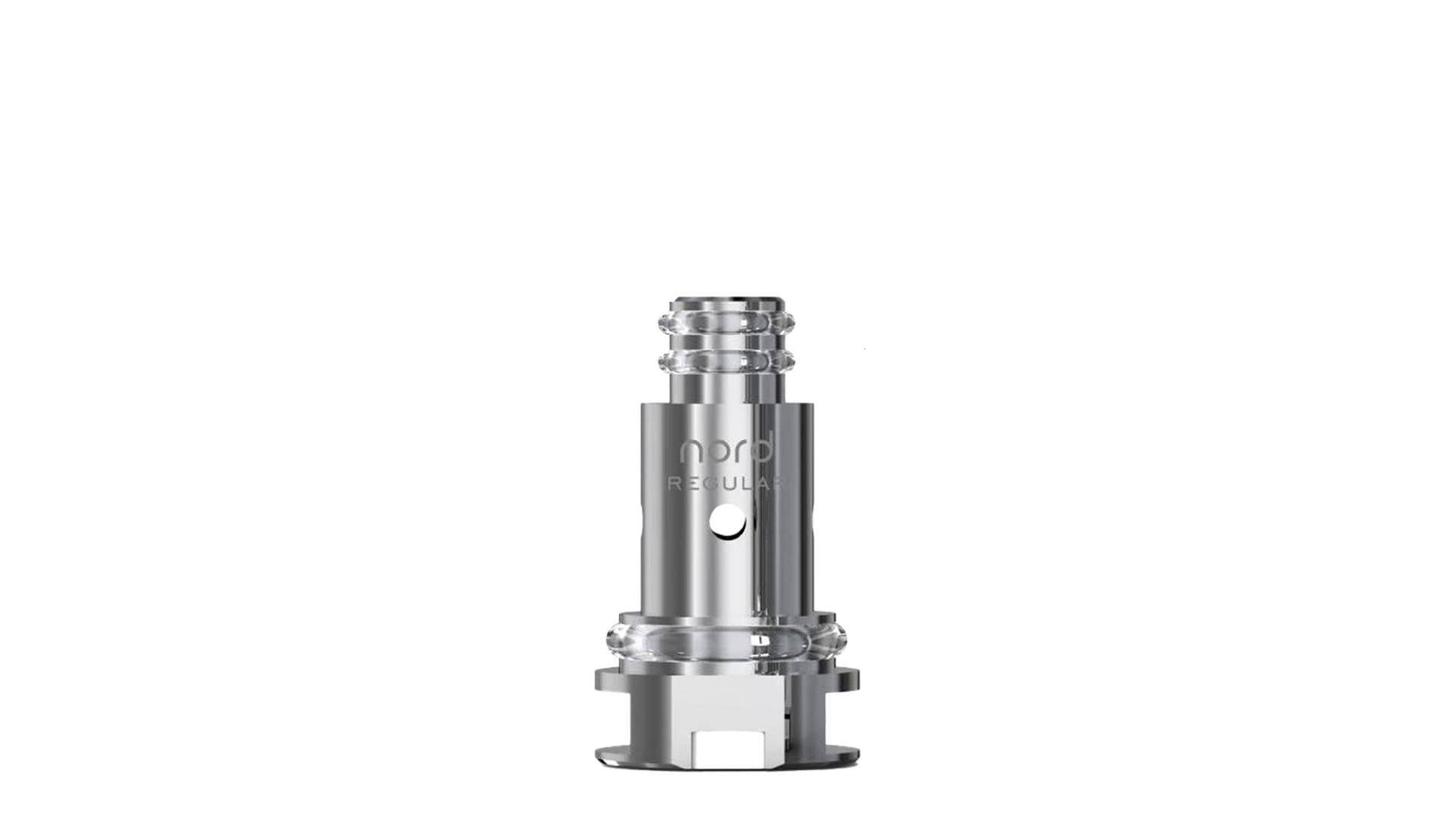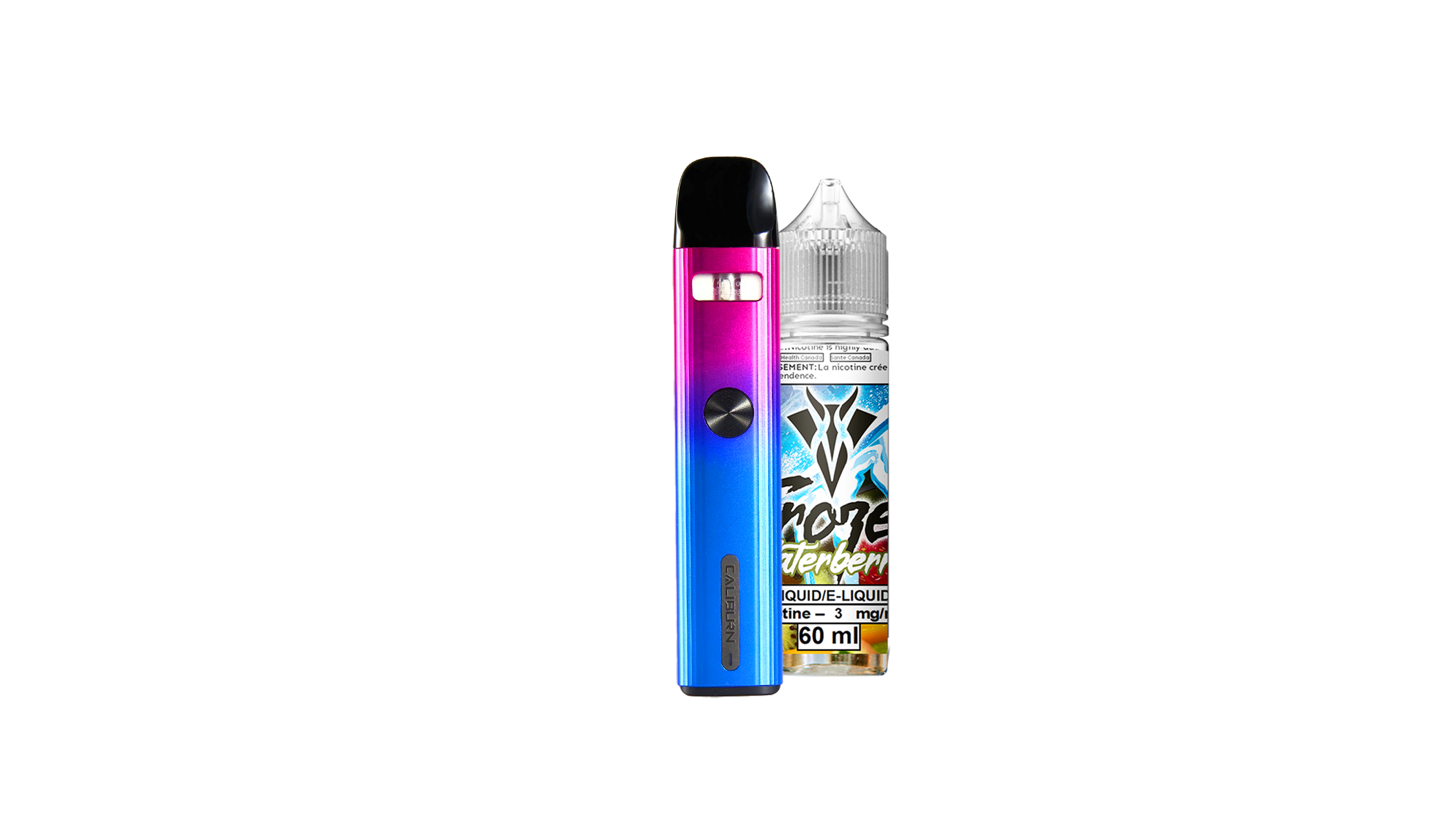Chemicals in Cigarettes
In April of 1994, a master list of 599 additives used in in the production of American cigarettes was made public, with five major tobacco companies reporting.
Up to that time, the constituents of cigarettes were unknown to anyone but the companies producing them. Today, while many questions still remain, researchers have uncovered plenty of useful information about the additives in cigarettes, and it all started with that list.
For the most part, cigarette manufacturers maintain that their additives add flavor, act as a humectant or are used as a "processing aid", as in this list of additives from Philip Morris. Science shows us that much more is going on, however.
Researchers Michael Rabinoff, DO, PhD, Nicholas Caskey, PhD, Anthony Rissling, MA, and Candice Park, BS reviewed publicly available tobacco industry documents, the list of 599 additives and other sources, finding that more than 100 of them have qualities that may either enhance addiction or mask the negative effects of cigarettes.
For instance, some cigarette additives:
- can dilate the airways, allowing the smoker to inhale more deeply. This increases nicotine exposure and can deposit higher levels of tar in the lungs. Cocoa is an additive known to do this.
- have addictive potential of their own or synergistically with nicotine.
- slow the metabolism of nicotine, thereby increasing the smoker's exposure to it.
- have anesthetic properties that decrease the harshness of tobacco smoke on the throat.
- mask the smell, visibility and irritation of environmental tobacco smoke.
- may disguise warning symptoms of illnesses associated with cigarette smoking.
Whether the additional properties of tobacco additives were "designed" into commercial cigarettes by Big Tobacco is unproven, but researchers all agree that strict regulatory control over tobacco additives is of vital importance.
Tobacco documents show that cigarette companies have investigated ways to develop cigarettes that will hook the user more quickly and thoroughly to nicotine, researching everything from enhancing the nicotine in cigarettes through genetically engineered tobacco plants to developing nicotine extracts and using sheet tobacco as an additive in the manufacturing process.
Ammonia in Cigarettes
Ammonia added to cigarettes reacts with nicotine in a process call free-basing. The result is a bigger nicotine kick for the smoker.
Menthol in Cigarettes
Derived from mint oils, menthol is another additive thought to play a significant role in favorably introducing young people to cigarettes. Menthol is a mild local anesthetic, and when added to cigarettes can ease throat irritation caused by cigarette smoke.
Eugenol is another additive that is used as a numbing agent for the harsh qualities of cigarette smoke.
Acetaldehyde in Cigarette Smoke
Acetaldehyde is formed when cigarette ingredients and additives, including sugars are burned. Animal research conducted by Philip Morris showed a synergistic effect between acetaldehyde and nicotine. Rats pressed a bar more for the combination of the two chemicals than for either one alone.
If the data were generalized to humans, it would relate to increased puffs on a cigarette due to the synergistic effect of nicotine and acetaldehyde in tobacco smoke.
What is Sheet Tobacco?
Cigarette manufacturers reconstitute bits of leftover tobacco plant stems, stalks, scraps, collected dust and floor sweepings into an ingredient that can be added back into the final cigarette product.
The process involves grinding all of the above materials, extracting the nicotine from them, and then adding glue, fillers, chemicals and other agents to form a slurry. The mixture is then pressed into a sheet, puffed up, and the extracted nicotine is sprayed on it. From there, it is ground up once again into fine curls that are incorporated into cigarettes in the desired amount.
Sheet tobacco is a major ingredient in modern manufactured cigarettes.
Toxic Byproducts of Burning Cigarettes
As mentioned above, the burning of benign food additives by themselves and in combination with other additives can create new chemical compounds that are hazardous to human health.
And, to make matters worse, pesticides used in tobacco farming and heavy metals found naturally in the soil, some of which are radioactive, can linger and travel on to the finished product (and the consumer).
If You're Still Smoking...
Please use the resources below to help you get started with cessation.
Addiction tells us there is no good time to quit, so put your mind on ignore and start your quit program today.
Sources:
National Center for Biotechnology Information. American Journal of Public Health. Pharmacological and Chemical Effects of Cigarette Additives. http://www.ncbi.nlm.nih.gov/pmc/articles/PMC2040350/#!po=2.94118. Accessed February 2014.






